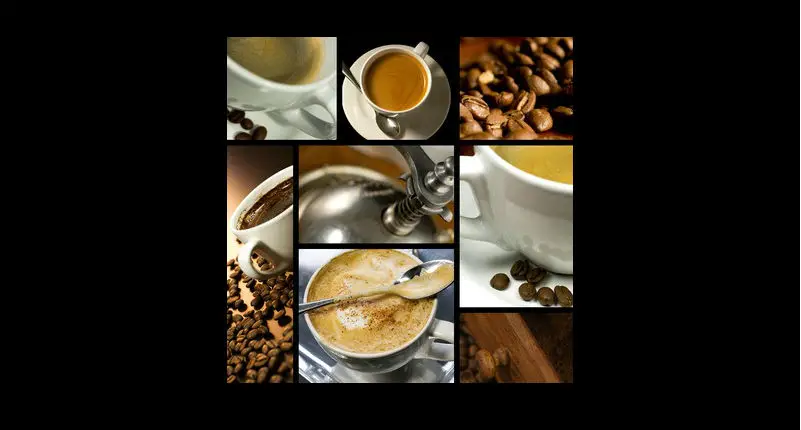
Along with food and wine, coffee is an integral part of Italian culture. As such, the Italians take coffee very seriously. Italian coffee culture is more than about providing your body with a burst of energy; it is a way of life and enjoyment.
While Italians are known for slowly savoring their meals and vino in no rush fashion, their coffee culture is a bit different. The most common way that Italians drink coffee in a bar is at the counter. This least expensive way generally involves ordering, and then downing the coffee in one shot while standing at the counter. A process of approximately five minutes from serving to finishing. If you are interested in sitting and savoring your coffee, you will pay more to sit at one of the tables. Try to drink like a local and stand at the counter at least once when ordering coffee in Italy.
If you remember only one Italian coffee culture “rule”, it must be this. You are sure to get some funny looks from locals and staff members if you order a cappuccino or any other milk based coffee after 11 am or following a meal in a restaurant.
Select something without milk when ordering afternoon or evening coffee in Italy. There is scientific evidence that suggests that coffee with milk strains digestion and can cause bloating and other uncomfortable symptoms if you drink it on a full stomach.
Another thing to keep in mind, in the US, UK, and non-mainland European countries, people refer to caffe lattes by just the term latte. However, if you are in Italy and try to order a latte, you very likely will be served with a glass of steamed milk. If you want to order coffee with milk in Italy, don’t just ask for a latte – you need to ask for a caffe latte.
Have you ever heard someone order a macchiato or ristretto in the coffee bar queue and wondered what it was? Don’t know a doppio from a mocha? Never fear, help is at hand with our quick guide to speciality coffees below.
All speciality coffees can be made from a standard espresso machine.
- Espresso – The base from which all speciality coffees are made – Hot water is forced through finely ground coffee to produce a maximum of 1 to 1.5 fluid ounces of beverage.
- Crema – Thus is the golden head of the espresso, which is made of the oils extracted from the coffee during the brewing process.
- Doppio – A double shot of espresso. (doppio is Italian for double)
- Espresso Con Panna – A shot of espresso topped with whipped cream.
- Romano – Espresso served with a twist or slice of lemon.
- Ristretto – A restricted or short shot of espresso for an intense espresso taste.
- Macchiato – Espresso with a small amount of steamed milk dappled on top to give a spotted effect.
- Cappuccino – One shot of espresso, one part steamed milk, one part foamed milk with an optional dusting of chocolate or cinnamon.
- Mocha – Cappuccino with a shot of chocolate sauce or syrup.
- Americano – A standard sized cup of coffee made by dispensing a double espresso into hot water. Add milk to taste.
- Latte – One shot of espresso mixed with steamed milk.
- Skinny – A term used before all coffee drinks containing milk e.g. Skinny Latte – Means served with low fat skimmed milk.
- With Wings – A term used to ask for a take-away drink e.g. a cappuccino with wings (originates from the early take-out paper cups which had folding paper handles resembling wings)
- Lungo – Meaning long in Italian e.g. Espresso Lungo, a long espresso with more hot water.
- Corretto – Means corrected or laced with an alcoholic spirit or liqueur.
- Dry – A cappuccino with no steamed milk – just foamed milk.
- Flavored – A latte or cappuccino with a dash of flavoured syrup added such as vanilla, hazelnut, mint, almond or many others.
As you can see, many of the terms originate from Italy, where the first espresso coffee machine was patented in 1938 by Achille Gaggia. The Gaggia name has been synonymous with quality traditional espresso coffee machines ever since.
Spend a few moments familiarizing yourself with these terms, and then next time you glance at the coffee bar menu board you will know exactly what to order.